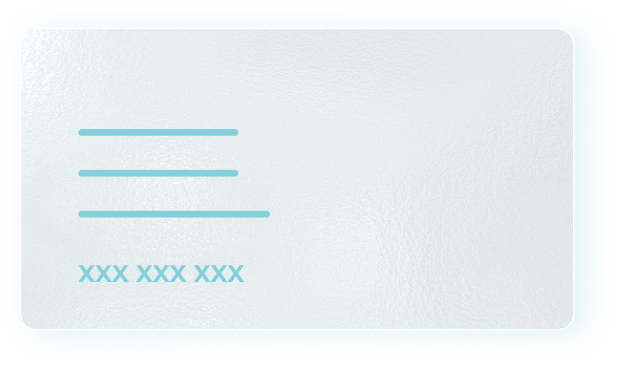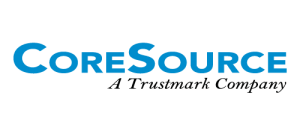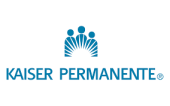
At Crosspointe Recovery, we firmly believe in the power of knowledge. Understanding drug classifications is an essential component of comprehending the landscape of substance abuse and addiction. In this guide, we delve into the different classes of drugs as defined by the Drug Enforcement Administration (DEA) in the United States. This classification system plays a significant role in determining the legal status, potential for abuse, and therapeutic value of substances.
Schedule I Drugs
Schedule I drugs have a high potential for abuse and no currently accepted medical use in treatment in the United States. These drugs are illegal to manufacture, distribute, or possess. Some examples include heroin, LSD (lysergic acid diethylamide), and ecstasy (MDMA).
Schedule II Drugs
Drugs in this category have a high potential for abuse, with use potentially leading to severe psychological or physical dependence. While these substances are controlled strictly, some of them have recognized medical uses. Schedule II drugs include methamphetamine, oxycodone, Adderall, and Ritalin.
Schedule III Drugs
Schedule III substances have a lower potential for abuse than drugs in Schedules I and II, and abuse may lead to moderate or low physical dependence or high psychological dependence. These drugs also have accepted medical uses. Examples include anabolic steroids, testosterone, and products containing less than 90 milligrams of codeine per dosage unit, such as Tylenol with codeine.

Schedule IV Drugs
Schedule IV drugs are characterized by a lower potential for abuse than Schedule III substances and have currently accepted medical uses in treatment. Abuse may lead to limited physical or psychological dependence relative to the drugs in Schedule III. Some examples of Schedule IV drugs include Xanax, Soma, Darvocet, Valium, and Ambien.
Schedule V Drugs
Drugs in this category have the lowest potential for abuse relative to substances listed in Schedule IV and consist of preparations containing limited quantities of certain narcotics. These drugs are generally used for antidiarrheal, antitussive, and analgesic purposes. Some examples include cough preparations with less than 200 milligrams of codeine or per 100 milliliters (Robitussin AC), Lomotil, Motofen, Lyrica, and Parepectolin.
Understanding Drug Classification: The Key to Better Addiction Treatment
As an acclaimed treatment center, Crosspointe Recovery emphasizes the importance of understanding these classifications to provide the best possible care for our patients. The classification of a drug influences the treatment approach, from detoxification to the therapies and counseling methods used during the recovery journey.
While drug classifications give a broad understanding of the potential for abuse and addiction, it’s essential to remember that individual experiences with drugs can vary widely. At Crosspointe Recovery, we treat every patient as an individual, tailoring our programs to their unique needs and recovery goals. We aim to foster a compassionate, understanding, and supportive environment for everyone seeking a path to recovery.




















